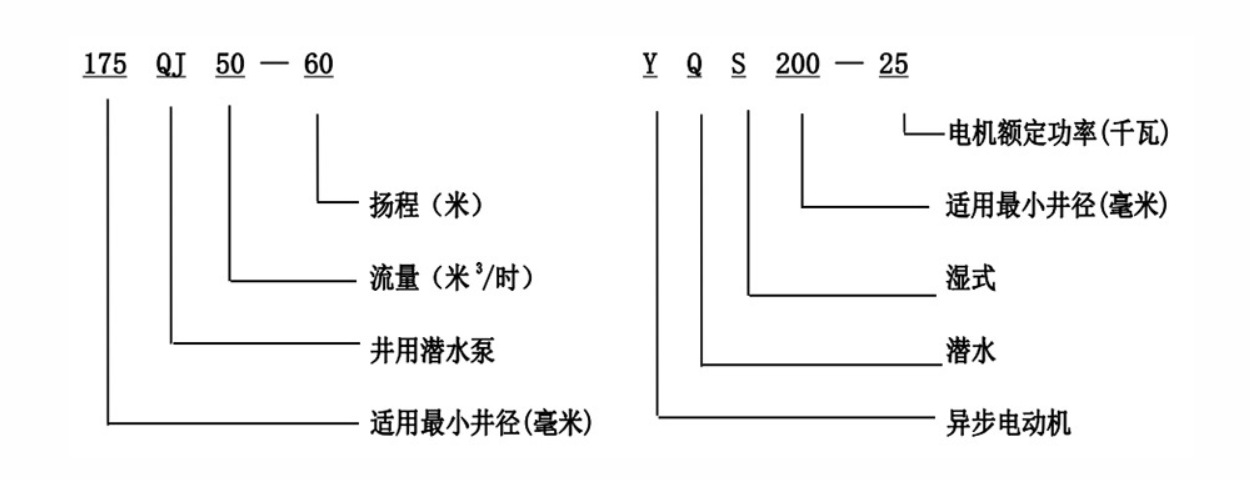Oct . 15, 2024 10:57 Back to list
are submersible pumps safe
Are Submersible Pumps Safe?
Submersible pumps have become an essential tool in various industrial and residential applications, primarily due to their ability to efficiently move water and other liquids from one point to another while being submerged. However, when it comes to their safety, several factors come into play that users must consider to ensure their proper and safe operation.
Understanding Submersible Pumps
Submersible pumps are designed to be submerged in the liquid they are pumping. They are encased in a waterproof housing, which protects the motor and electrical components from the surrounding liquid. This design allows the pumps to work efficiently, as they push water to the surface rather than pulling it, reducing the risk of cavitation and thereby enhancing performance.
Electrical Safety
One of the primary safety concerns with submersible pumps is the risk of electrical shock. Since these pumps operate under water, it is crucial to use pumps that are rated for submersible use and meet the necessary safety standards. Look for pumps with proper electrical insulation and grounding to minimize risks. Additionally, it is advisable to have a Ground Fault Circuit Interrupter (GFCI) installed as part of the pump's electrical circuit. This device can prevent electrical shocks by quickly cutting off electricity if a fault is detected.
Mechanical Safety
are submersible pumps safe

Another aspect of safety involves the mechanical integrity of the pump. Operators should regularly inspect submersible pumps for wear and tear, including checking seals, bearings, and impellers. Failure to maintain these components can lead to leaks, overheating, or pump failure, all of which pose safety hazards.
Chemical Compatibility
Submersible pumps are used in various applications, including wastewater management, irrigation, and even chemical processing. It's crucial to ensure that the materials of the pump are compatible with the liquid being pumped. Pumps made from corrosion-resistant materials like stainless steel or certain plastics are ideal for aggressive chemicals. Using a pump that isn't designed for specific chemicals can lead to degradation of the pump and potential leakage, posing environmental and safety risks.
Proper Installation
Proper installation is critical to the safety and efficiency of submersible pumps. Following the manufacturer's guidelines during installation will help avoid common pitfalls that could lead to operational hazards. Furthermore, ensuring that the pump is correctly positioned can prevent operational issues. For instance, pumps that are too close to sediment can become clogged, leading to overheating and potential failure.
Conclusion
In summary, submersible pumps can be safe when used and maintained properly. They offer an effective solution for various fluid-moving applications, but users must adhere to safety guidelines to mitigate risks. Regular maintenance, proper installation, and ensuring electrical safeguards are in place are essential steps for ensuring safe pump operation. By being mindful of these factors, users can take full advantage of the efficiency and convenience that submersible pumps provide while ensuring a safe working environment. As with any equipment, ongoing education and awareness are key to maximizing safety and performance.
-
Submersible Water Pump: The Efficient 'Power Pioneer' of the Underwater World
NewsJul.01,2025
-
Submersible Pond Pump: The Hidden Guardian of Water Landscape Ecology
NewsJul.01,2025
-
Stainless Well Pump: A Reliable and Durable Pumping Main Force
NewsJul.01,2025
-
Stainless Steel Submersible Pump: An Efficient and Versatile Tool for Underwater Operations
NewsJul.01,2025
-
Deep Well Submersible Pump: An Efficient 'Sucker' of Groundwater Sources
NewsJul.01,2025
-
Deep Water Well Pump: An Efficient 'Sucker' of Groundwater Sources
NewsJul.01,2025
-
 Submersible Water Pump: The Efficient 'Power Pioneer' of the Underwater WorldIn the field of hydraulic equipment, the Submersible Water Pump has become the core equipment for underwater operations and water resource transportation due to its unique design and excellent performance.Detail
Submersible Water Pump: The Efficient 'Power Pioneer' of the Underwater WorldIn the field of hydraulic equipment, the Submersible Water Pump has become the core equipment for underwater operations and water resource transportation due to its unique design and excellent performance.Detail -
 Submersible Pond Pump: The Hidden Guardian of Water Landscape EcologyIn courtyard landscapes, ecological ponds, and even small-scale water conservancy projects, there is a silent yet indispensable equipment - the Submersible Pond Pump.Detail
Submersible Pond Pump: The Hidden Guardian of Water Landscape EcologyIn courtyard landscapes, ecological ponds, and even small-scale water conservancy projects, there is a silent yet indispensable equipment - the Submersible Pond Pump.Detail -
 Stainless Well Pump: A Reliable and Durable Pumping Main ForceIn the field of water resource transportation, Stainless Well Pump has become the core equipment for various pumping scenarios with its excellent performance and reliable quality.Detail
Stainless Well Pump: A Reliable and Durable Pumping Main ForceIn the field of water resource transportation, Stainless Well Pump has become the core equipment for various pumping scenarios with its excellent performance and reliable quality.Detail
